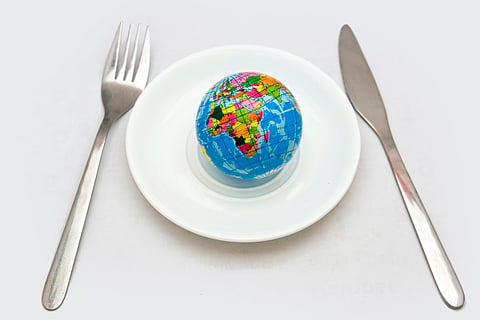

Before glue came in neat sticks, it was a sticky affair. Bottled glue often spilled, clumped, or glued more fingers than paper. In the early 1960s, a German chemist named Wolfgang Dierichs noticed something clever while watching someone apply lipstick — a twist-up, solid applicator that left no mess. He adapted that same design for glue, creating the world’s first glue stick in 1969 under the brand Pritt.
The idea caught on instantly. Teachers loved it because it was clean, portable, and safe for children. The glue itself was made from natural starch and sugar-based polymers, designed to wash off easily. With a quick twist and swipe, school projects suddenly became faster and tidier.
Today, glue sticks are used everywhere — from art rooms to offices — and still follow Dierichs’s original concept. They show how a tiny design change can turn an everyday problem into a simple, lasting solution.
The next time you reach for a glue stick, remember: its invention didn’t just hold paper together. It stuck around because it solved a sticky problem beautifully.